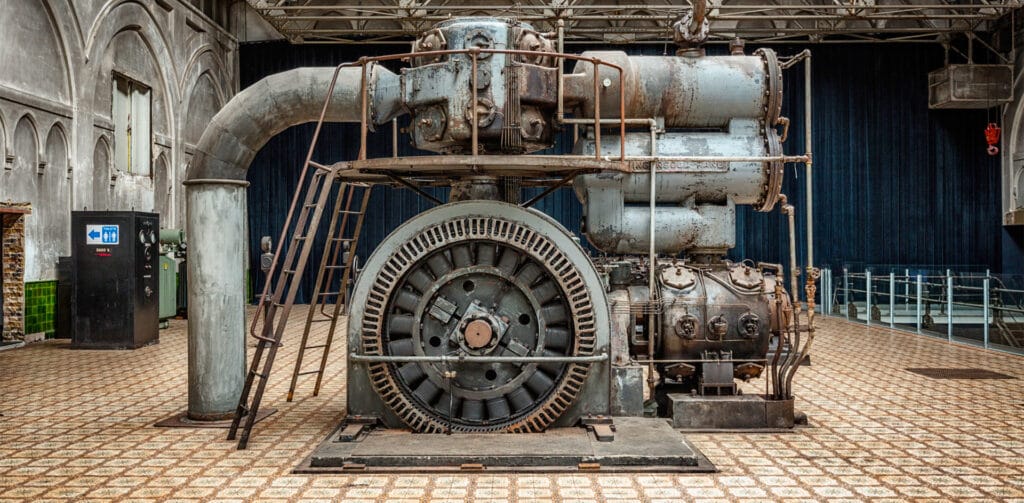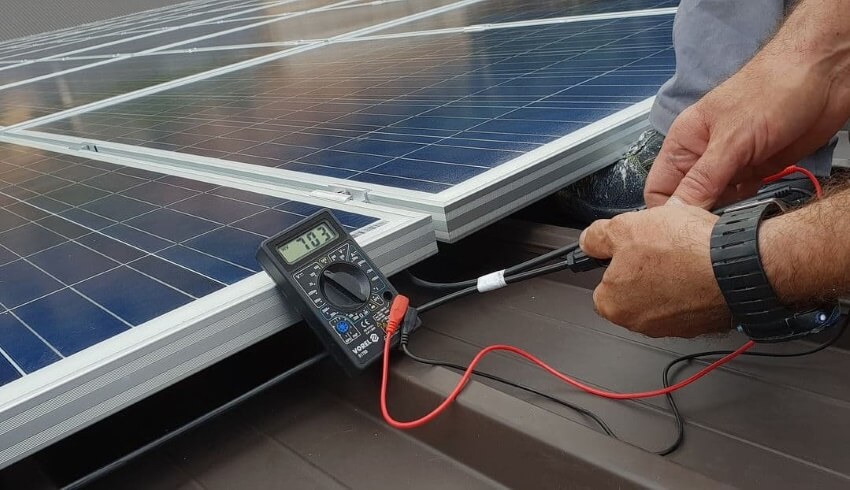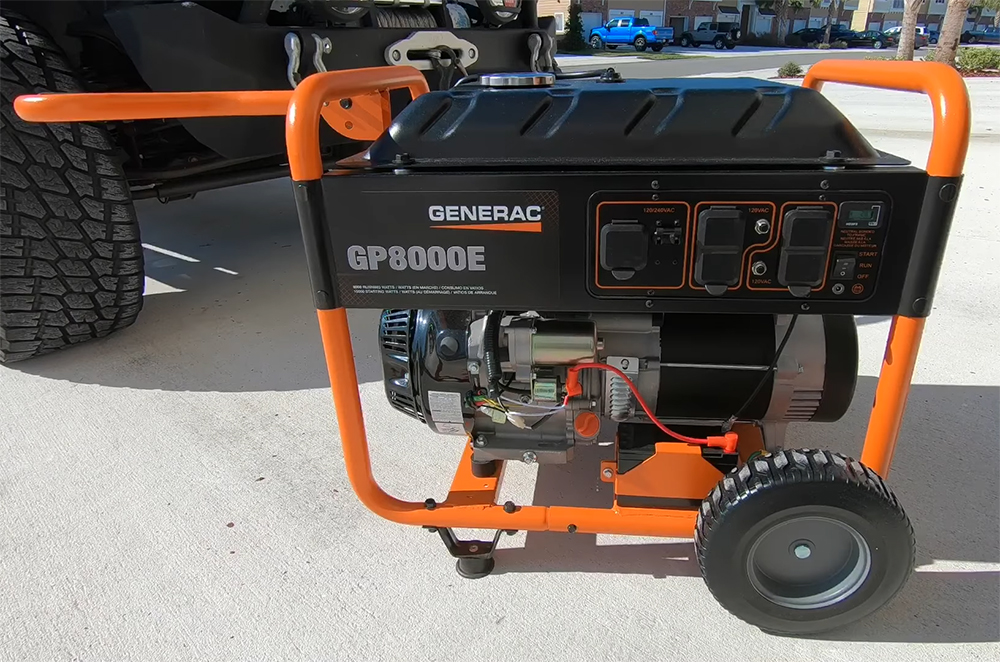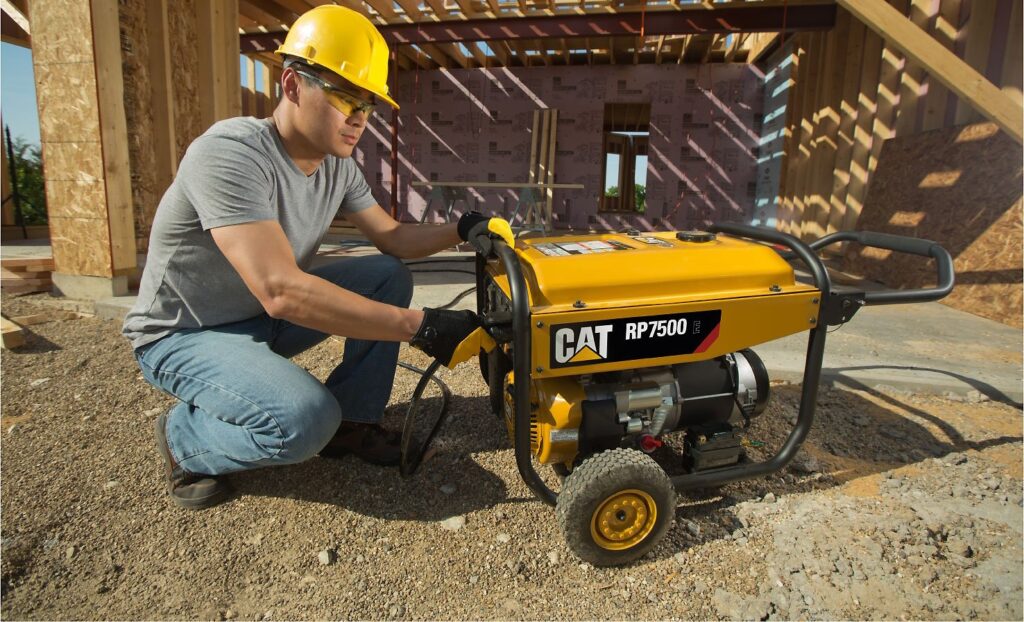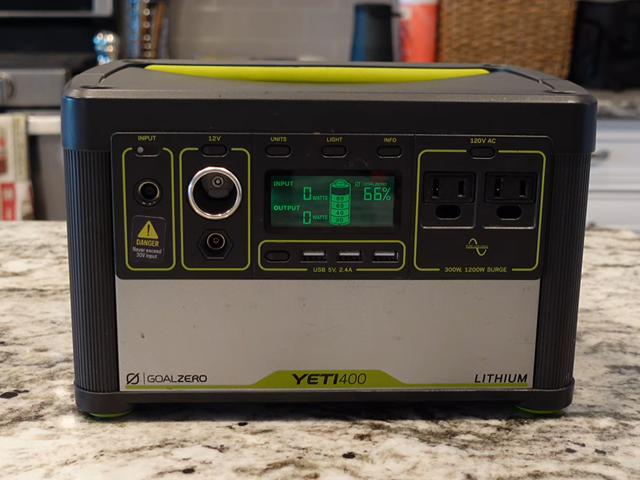Predator and Honda are two of the most popular names in portable generators. Both brands have a reputation for building high-quality generators that maximize runtime, minimize noise, and run reliably for many years.
The two brands offer very similar generators for every major power class, so it can be hard to decide whether Predator vs Honda generators are right for you. To help you decide whether to choose Honda or Predator for your next generator, let’s dive into a head-to-head comparison of these brands and some of their most popular power offerings.
Honda is one of the most vaunted names not just in portable generators, but in engines more broadly. The company began making generators in 1965, and it’s dramatically expanded and improved its lineup of portable power machines since then. Today, Honda has a very strong reputation for producing generators that will last for decades if maintained properly – ask anyone who owns a Honda generator and they’ll swear by it. Honda also produces some of the quietest generators on the market, which gives it a competitive advantage.
Predator, which is owned by Harbor Freight, has been in business since 1988. While that’s not quite as long a history as Honda, the company has earned the trust of serious power users. Predator is known for the reliability of its engines as well as for producing high-quality generators at impressively affordable prices. While these generators are typically not made to the same specifications as comparable Honda models – for one thing, they tend to be significantly louder – users report being extremely happy with the generator they get for the price.
Both Honda and Predator have focused heavily on developing inverter generators in recent years. But, Honda has taken this one step further – the company offers a 7,000-watt inverter generator, the EU7000iS. Predator generators are all conventional generators beyond the 3,500-watt class.
While both companies are known for reliability, it’s important to note that their warranty policies do differ. Honda offers a blanket three-year limited warranty on all of its generators, and that warranty includes the engine. Predator covers its generators with a two-year warranty on the engine and a 90-day warranty on all other parts.
The best way to get a sense of how Predator and Honda stack up is to look at some of their comparable generators head-to-head. We’ll focus on three of the most popular power size classes for which these two brands each offer models.
| Predator 62523 | Honda EU2200i | |
| Type | Inverter | Inverter |
| Peak watts | 2000W | 2200W |
| Rated watts | 1600W | 1800W |
| Engine | Horizontal single-cylinder 4-stroke, OHV | OHC, 4-stroke, single cylinder |
| Displacement | 79.7cc | 121cc |
| Fuel tank | 1 gal. | 0.95 gal. |
| Run time | 12 hrs (1/4 load) | 8.1 hrs (1/4 load) |
| Outlets | (2) 120VAC grounded, (1) 12V DC | (2) 120V Household; (1) 12V DC |
| Start type | Recoil | Recoil |
| Noise level | 65 dB | 48–57 dBA |
| Dimensions | 22.6 x 18.52 x 12.61 in | 20.0 x 11.4 x 16.7 in |
| Weight | 47 lbs | 46.5 lbs |
| Warranty | 2-year limited on engine, 90-day limited on other parts | 3-year limited |
| VIEW ON AMAZON | VIEW ON AMAZON |
The 2,000-watt power class is extremely popular, and Predator and Honda both have solid offerings in this range. The Predator 62523 is an inverter generator capable of producing 2,000 watts of surge power and 1,600 watts of continuous power. The Honda EU2200i offers slightly more power – 2,200 watts of surge power and 1,800 watts of continuous power. This is a small, but important difference when you only have around 2,000 watts to work with.
While both generators use four-stroke OHV engines, the Honda engine is a slightly larger volume. This makes it noticeably less fuel efficient than the Predator generator, which in turn affects runtime. While each generator sports a fuel tank that’s approximately one gallon in volume, the Predator generator can run for 12 hours at a 25% load. By comparison, the Honda generator can only run for 8 hours before running out of gas.
The biggest advantage that the Honda generator has, aside from its extra power, is that it’s incredibly quiet. The EU2200i produces just 48 dB of noise at a 25% load or 57 dB at full power. That’s about as loud as an office space, so you can easily stand next to the generator and hold a conversation. The Predator generator is roughly 50 times louder at a 25% load, producing 65 dB of noise. While Predator doesn’t rate the noise output at full power, you should expect it to be around 100 times louder than the Honda generator.
The two generators offer identical power outlets and recoil starters, and they are almost equivalent in weight. Neither is particularly heavy for the 2,000-watt size class, so you should have no issues with portability.
Of course, price is the main sticking point here. While the Honda generator is superior in terms of technical specifications, it costs $1,049. The Predator generator costs $595, so you could buy two of them for only slightly more than a single Honda model. Considering that you can hook two of the Predator generators together in parallel to double your power output, the difference in pricing is very significant.
| Predator 63584 | Honda EU3000IS | |
| Type | Inverter | Inverter |
| Peak watts | 3500W | 3000W |
| Rated watts | 3000W | 2800W |
| Engine | Horizontal single-cylinder 4-stroke, OHV | 4-stroke single cylinder, OHV |
| Displacement | 212cc | 196cc |
| Fuel tank | 2.6 gal. | 3.4 gal. |
| Run time | 11 hrs (1/4 load) | 20 hrs (1/4 load) |
| Outlets | (2) 120VAC grounded, (1) 120VAC Twistlock, (1) DC-12V | (1) 20A 125V Duplex, (1) 30A 125V Locking Plug, (1) 12V DC |
| Start type | Electric | Recoil, electric |
| Noise level | 57 dB | 50–57 dBA |
| Dimensions | 22.75 x 20 x 17.3 in | 25.9 x 17.6 x 22 in |
| Weight | 99.2 lbs | 131 lbs |
| Warranty | 2-year limited on engine, 90-day limited on other parts | 3-year limited |
| VIEW ON AMAZON | VIEW ON AMAZON |
The Predator 63584 is one of Predator’s most powerful inverter generators, offering 3,500 watts of surge power and 3,000 watts of continuous power. The Honda EU3000iS is less powerful, offering 3,000 watts of surge power and 2,800 watts of continuous power. Both generators are powered by a four-stroke OHV engine, although the Predator engine is somewhat larger in volume.
Interestingly, Honda built its 3,000-watt generator with a much larger fuel tank than it did its 2,000-watt generator. At 3.4 gallons in volume, it’s significantly larger than the Predator’s 2.6-gallon tank. Along with the added fuel efficiency from running a smaller engine, that allows the Honda generator to run for a whopping 20 hours at a 25% load. The Predator model is restricted to a respectable, although much shorter, 11 hours of runtime at a 25% load.
These two generators have some important differences in ease of use. First, the Predator 63584 includes a digital hour meter that allows you to monitor your remaining runtime and power output. The Honda doesn’t have a meter included. Second, while both generators include electric starters, the Honda includes a backup recoil starter. The Predator generator doesn’t have this backup, meaning it’s essential to make sure the onboard battery is charged before you rely on your generator to start. Notably, despite these differences, the outlets included on the two generators are identical.
Once again, the Honda generator is much quieter while running. But, the difference isn’t nearly as huge as for the 2,000-watt generator models. The Honda produces 50 dB of noise at a 25% load, while the Predator produces 57 dB at a 25% load (which is equivalent to a greater output wattage).
While both generators are mounted on wheels for portability, the Predator generator wins out in this respect. It’s over 30 pounds lighter, making it much easier for two people to lift or carry.
Price is likely to be the most important factor in determining which of these generators is right for you. The Honda generator costs more than $2,100, while the Predator costs just $950. That’s an enormous difference – you could buy two models of the Predator 63584 and still save money. Given how closely matched these generators are on technical specs, it’s hard to justify the premium of the Honda model.
| Predator 63966 | Honda EU7000iS | |
| Type | Conventional | Inverter |
| Peak watts | 6500W | 7000W |
| Rated watts | 5500W | 5500W |
| Engine | Horizontal single-cylinder 4-stroke, OHV | Honda GX390 EFI (OHV, air-cooled, 4-stroke) |
| Displacement | 301cc | 389cc |
| Fuel tank | 8 gal. | 5.1 gal. |
| Run time | 14.5 hrs (1/2 load) | 6.5 hrs (rated load), 18 hrs (1/4 load) |
| Outlets | (4) 120V Duplex, 3-prong, (1) 240V Twist Lock, 4-prong, (1) 12V DC | (2) 20A 125V GFCI Duplex, 30A 125V Locking Plug, 30A 125/250V Locking Plug |
| Start type | Recoil | Electric, recoil |
| Noise level | 74 dB | 52–58 dB |
| Dimensions | 26-7/8 x 22-3/4 x 22 in | 33.4 x 27.6 x 28.4 in |
| Weight | 165 lbs | 261 lbs |
| Warranty | 2-year limited on engine, 90-day limited on other parts | 3-year limited |
| VIEW ON AMAZON | VIEW ON AMAZON |
While Predator and Honda both make generators for high-power applications, only Honda makes an inverter generator in the 7,000-watt range. Honda’s EU7000iS is capable of producing 7,000 watts of surge power and 5,500 watts of continuous power, making it one of the most powerful inverter generators on the market. The Predator 63966 is a conventional generator capable of 6,500 watts of surge power and 5,500 watts of continuous power.
The inverter capabilities of the Honda generator are extremely important and affect many of the differences between these two models. First, it’s very fuel efficient. With just a 5.1-gallon fuel tank, the Honda generator is able to run for up to 18 hours at a 25% load. The Predator generator has a significantly longer runtime – around 28 hours at a 25% load – but the fuel tank is a massive 8 gallons to achieve that.
Surprisingly, the Predator generator doesn’t come with an electric starter or a digital hour meter. Honda takes these points for ease of use, with a simple LED hour meter and both electric and recoil starters to get the engine going. The Honda generator also includes a 120-volt twist-lock outlet, which the Predator lacks. The only redemption for the Predator generator here is that it includes an extra pair of 120-volt outlets that can save you from needing a power strip.
Not surprisingly, the Predator generator is loud. Producing 74 dB at a 25% load, it’s more than 100 times louder than the Honda generator at a comparable output. As you crank the two generators up to full power, the ratio of noise outputs tilts even more in the Honda’s favor. In fact, this 7,000-watt inverter generator from Honda is very nearly as quiet as the company’s 3,000-watt generator.
There are two big downsides to the Honda generator, though: weight and price. The Honda generator weighs almost 100 pounds more than the Predator model, making figuring out how to move it a challenge. It comes with a fold-away handle, which the Predator generator doesn’t have, although that hardly makes up for the weight difference.
The price of the Honda is staggering, too. It comes in at close to $4,500, so it’s an option only if budget isn’t an issue at all. You can get the Predator 63966 for $1,300 by comparison, or pair together two models of the smaller Predator 63584 inverter generator for $1,900.
Both Honda and Predator generators have a lot to offer, no matter what your power needs are. Each of these generator manufacturers is known for producing reliable engines that stand the test of time. But, when it comes to choosing between Honda vs Predator generators, price is a huge consideration. Predator generators tend to be budget-friendly, whereas a Honda generator can easily break the bank.
This is evident across the generators we compared. In every case, the Honda generator was significantly more expensive. That said, you do get significantly less noise production with a Honda, especially for the 2,000-watt and 7,000-watt models. Plus, there are a ton of other advantages to having a 7,000-watt inverter generator as opposed to a conventional Predator generator.
Ultimately, whether Predator vs Honda generators are right for you comes down to how important noise and runtime are to you and how much you’re willing to spend.
